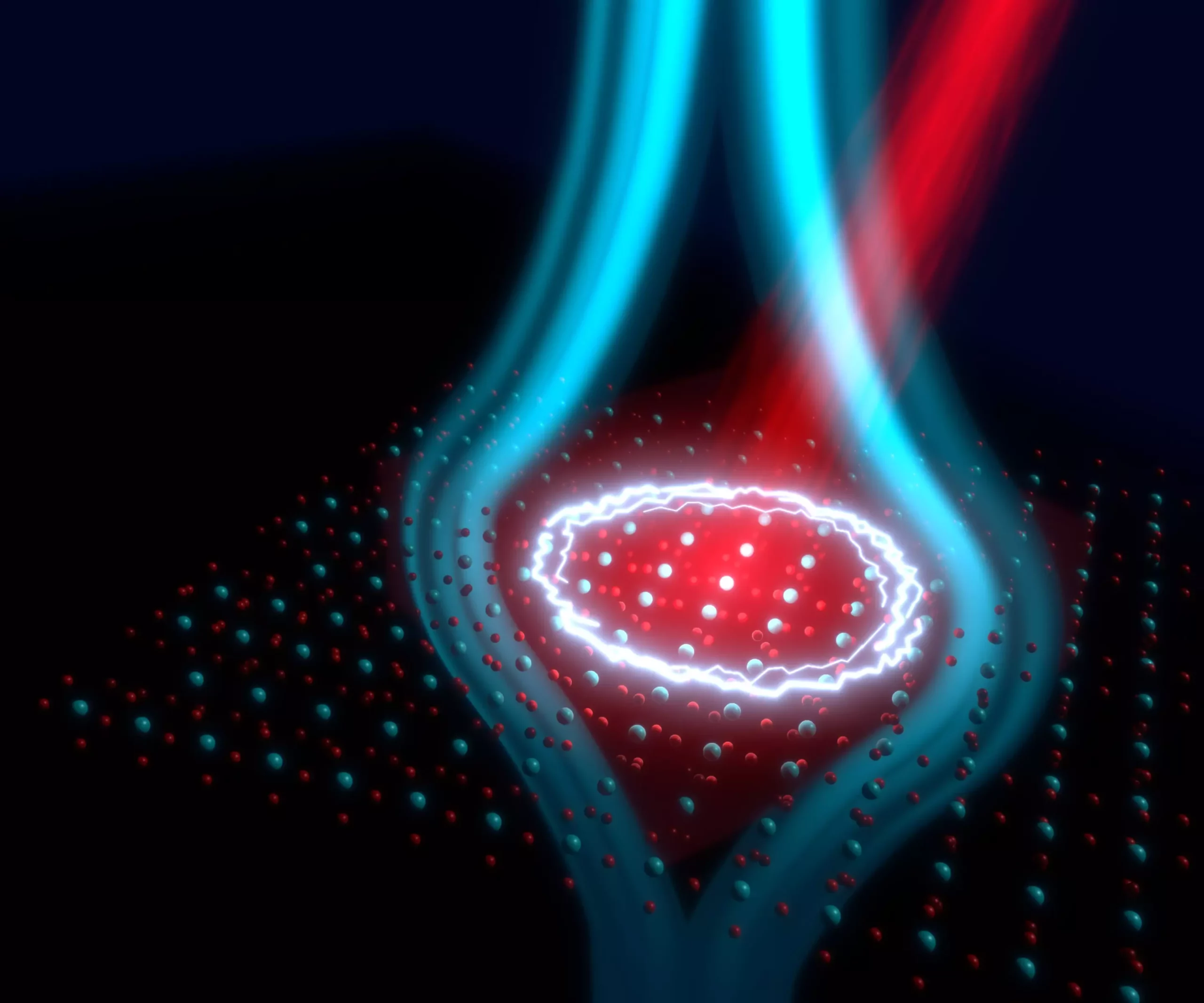Superconductivity remains one of the most captivating areas of contemporary physics, embodying the potential to revolutionize electrical systems by allowing currents to flow with zero resistance. Traditionally, this phenomenon requires materials to be cooled to extremely low temperatures to function. However, groundbreaking research is pushing the boundaries of our understanding, revealing that superconductivity may not just be confined to these frigid realms. The recent studies into non-equilibrium states highlight an exciting frontier in this ongoing pursuit, where superconductive behavior could manifest at temperatures that skirt the edges of ambient conditions.
Exploring Non-Equilibrium States
Recent advancements have focused on “light-induced superconductivity,” a term that virtually illuminates the analogy with traditional superconductors. Unlike their equilibrium counterparts, materials subjected to intense laser pulses can exhibit superconducting characteristics even at higher temperatures. This innovative approach signals a possible paradigm shift in material science, hinting at applications that leverage this transient behavior for high-speed electronic devices. The capacity to utilize laser pulses to drive phase transitions in materials suggests a dynamic way to manipulate and exploit electronic properties in real-time, expanding our scope of technological capability.
Pioneering Research Efforts
The Max Planck Institute for the Structure and Dynamics of Matter, under the insightful leadership of Andrea Cavalleri, has spearheaded investigations that delve into the intricacies of light-infused superconductivity. One significant focus has been on YBa2Cu3O6+x, a high-temperature superconductor that typically exhibits zero resistance only at cryogenic temperatures. Researchers have ingeniously devised methods to monitor the magnetic properties of this material on a timescale that was previously unattainable, pinpointing a critical moment in scientific inquiry that not only elevates our understanding but also pushes the envelope of practical application.
A crucial discovery was made with YBa2Cu3O6.48, where experiments revealed the expulsion of magnetic fields akin to the Meissner effect seen in conventional superconductors. As the intricate dance of charge carriers becomes synchronized under photo-excitation, this transient state presents not just theoretical interest but a tangible step towards practical superconductivity at more accessible temperatures.
The Technical Breakthrough
What makes this research so intriguing is the sophisticated methodology employed by researchers, like utilizing a spectator crystal situated closely to measure magnetic field changes generated during laser excitation. The ability to achieve sub-picosecond resolution opens a new chapter in magnetic field dynamics, facilitated by the acceleration imparted by improvisational laser pulses. This meticulous observation and analysis yield insights into the transient states that exist during the processes of superconductor activation, bridging theoretical frameworks with empirical evidence conducive to a deeper understanding of quantum states.
The juxtaposition of fluctuating superconducting orders in equilibrium against those induced by light represents a tantalizing conjecture—how modulated light could synchronize these varying states implies that the superconducting threshold can be raised considerably. This does not merely hint at theoretical relevance but crystallizes the practical implications wherein these findings could very well lead us to functionalities at room temperature.
Charting New Terrain for Future Applications
The potential ramifications of harnessing room temperature superconductivity are profound, paving the way for improved electrical transmission systems, powerful magnetic levitation applications, and computers that operate with efficiency previously deemed impossible. If these transient light-induced states can be stabilized or regularly accessed, they might ignite a technological renaissance, transforming not just how we consume energy but also how we interact with our electronic devices—envisioning a future where superconductor applications are not relegated to laboratories but are part of our everyday reality.
As we stand on the precipice of these advancements, it is crucial to remain optimistic yet cautiously analytical about the challenges that still lie ahead. As researchers strive to decipher the fundamental mechanics behind light-induced superconductivity, the interplay of theoretical physics and applied technology must coalesce. The implications of these studies extend beyond mere academic curiosity; they open windows of opportunity for innovative solutions that can redefine the limits of modern technology. The intersection of light and superconductivity is not just scientific inquiry; it is a call to reimagine what is possible.


Leave a Reply